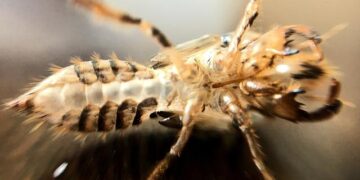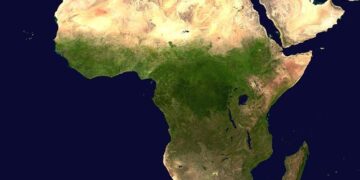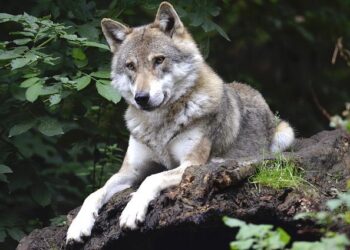Revitalizing Ecosystems Through the Reintroduction of Apex Predators
The Significance of Apex Predators
The reestablishment of apex predators like wolves in ecosystems like Yellowstone National Park has highlighted the critical role these animals play in maintaining ecological balance. Their absence can initiate a series of detrimental effects throughout the food chain, often leading to overpopulation and degradation of various species, particularly herbivores.
Wolves: The Key Players in Trophic Cascades
When wolves were reintroduced to Yellowstone in 1995 after being absent for nearly seven decades, researchers observed a remarkable transformation. This initiative underscored how top-tier carnivores govern not just populations but also influence vegetation and other wildlife species through what is termed trophic cascades. By regulating elk numbers, wolves allowed willow and aspen trees to thrive once more, which subsequently enhanced biodiversity across the entire ecosystem.
A Ripple Effect: Flora and Fauna Revival
The resurgence of plant life due to reduced grazing pressure has fostered new habitats for various creatures. With increased tree growth, beavers have returned to construct dams that create wetlands vital for countless aquatic organisms. Furthermore, an uptick in songbirds has been noted as they find more nesting spots amidst flourishing foliage.
Current Research and Statistics
Recent studies indicate that similar outcomes have been evident not only in Yellowstone but across different regions where apex predators have been reintroduced. For instance, reports show that elk populations have decreased by up to 40% since wolf reintroduction—correlated with enhanced vegetation cover nationwide within key habitats after just two decades.
Lessons from Other Regions
Similar projects worldwide affirm the importance of predator restoration. In South Africa’s Kruger National Park, efforts to bolster lion populations demonstrated notable declines in buffalo numbers leading to healthier grasslands—showing how crucial predatory dynamics are when managing diverse ecosystems.
Impacts on Human-Wildlife Relations
While these ecological benefits are significant, they come alongside challenges concerning human-wildlife interface dynamics. As predator populations increase, livestock depredation incidents may escalate if proactive measures aren’t taken by local ranchers—alluding to sneaking conflicts between conservation efforts and agricultural interests that must be navigated carefully.
Conclusion: Embracing Predatory Dynamics for Future Ecological Balance
Ultimately, restoring apex predators like wolves exemplifies a progressive approach towards ecological restoration strategies globally. This highlights an essential takeaway: preserving biodiversity is far more effective—and necessary—when considering holistic approaches centered around natural predator-prey relationships rather than solely focusing on human-led management solutions.owl presence facilitates thriving ecosystems illustrating nature’s intricate balance played out across varied terrains demonstrating resilience nurtured through its inherent complexities—a reminder of our role within this interconnected web.































